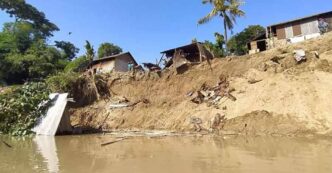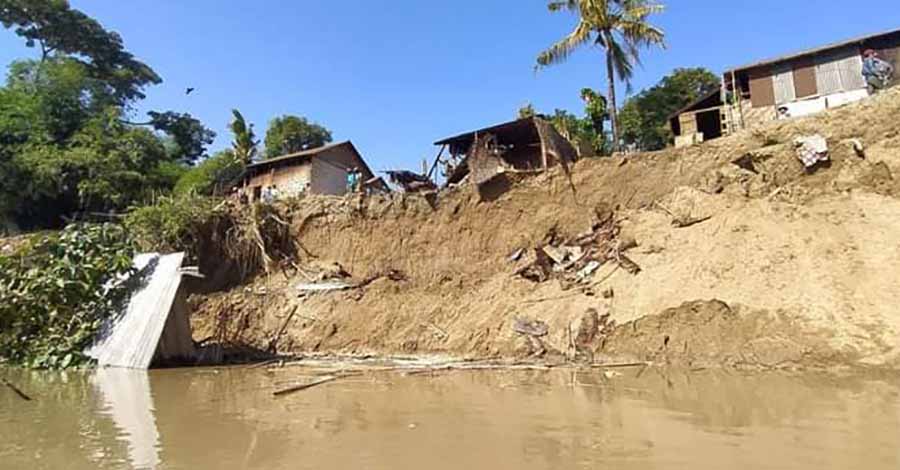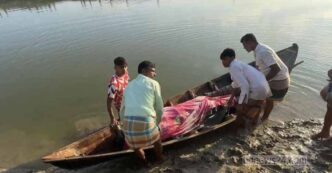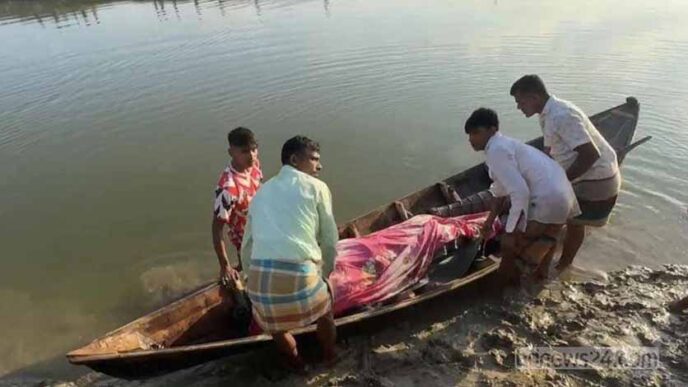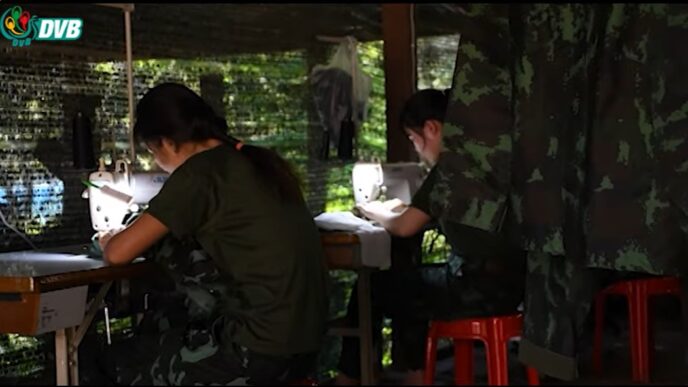In October of last year, Irrawaddy residents faced significant disruption as river erosion and landslides forced at least 50 homes to be dismantled and relocated. This escalating natural disaster has highlighted the urgent need for preventative measures to safeguard vulnerable communities.
Rising Concerns Over River Erosion
Impact of the Irrawaddy and Pha Tasha Rivers
Between October 1 and 31, severe erosion along the Irrawaddy and Pha Tasha rivers caused significant damage.
- Affected Areas: Townships such as To Myit, Ngwan, and Cane Field reported the highest number of displaced homes.
- Proactive Measures: Homeowners dismantled and relocated their homes in anticipation of the riverbank collapse, preventing injuries and fatalities.
Local Response and Challenges
Community-Led Efforts
In Phata Naw Township, residents of Kannasu Village attempted to combat landslides with makeshift bamboo barriers.
- Community Action: Without support from authorities, locals built their own defenses to mitigate erosion.
- Appeals for Assistance: “We need stronger landslide protection measures to prevent further damage,” said a local resident.
Forced Relocations
Families displaced by erosion sought refuge on private farmlands or with relatives.
- Temporary Solutions: While no lives or livestock were lost, the lack of permanent relocation options poses long-term challenges for affected families.
The Need for Stronger Bank Protection
Calls for Immediate Action
Residents and disaster prevention groups are urging local authorities to implement robust riverbank protection measures.
- Potential Consequences: Without intervention, the frequency and severity of landslides could increase, endangering more homes and infrastructure.
- Preventative Strategies: Reinforcing riverbanks with engineered solutions, such as retaining walls, is critical to mitigating future erosion.
Broader Implications of River Erosion
Environmental and Economic Impact
River erosion not only displaces families but also threatens agricultural lands, local economies, and regional stability.
- Loss of Farmland: Productive lands near riverbanks are particularly vulnerable to erosion, leading to reduced crop yields and financial hardship for farmers.
- Infrastructure Risks: Continued erosion could damage roads, bridges, and other critical infrastructure.
Climate Change as a Catalyst
Changing weather patterns and increased rainfall exacerbate erosion, highlighting the need for climate-resilient infrastructure.
Addressing the Crisis
River erosion in Irrawaddy is a growing threat that requires immediate attention. While local communities have demonstrated resilience through proactive efforts, their resources are limited. Stronger support from government bodies and disaster prevention organizations is essential to safeguard homes, livelihoods, and infrastructure.
